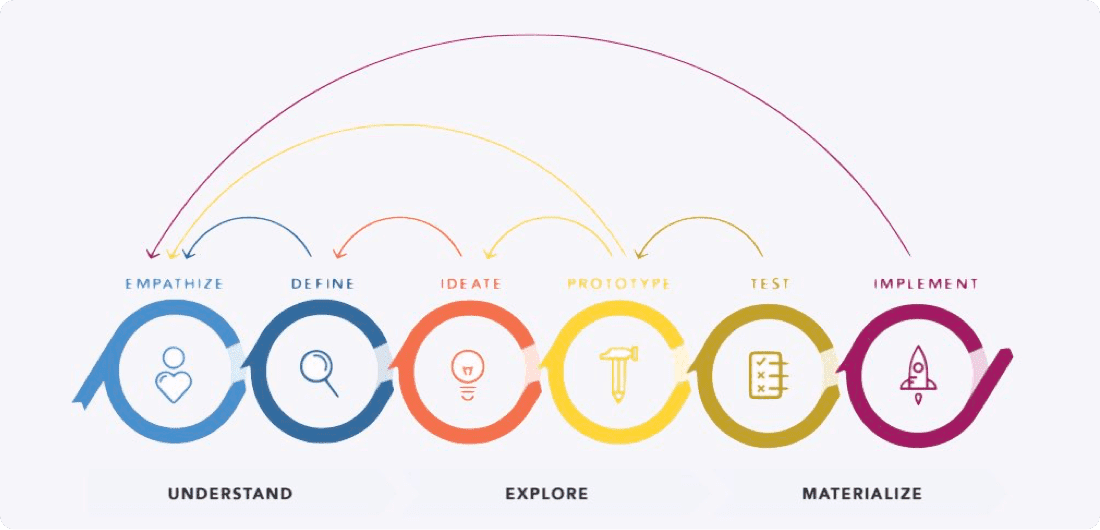Codemotion Rome: How to Close The Gap Between Web 2.0 and 3.0

Twitter Reddit LinkedIn Facebook
This article appeared first on blended.io.
• • •
This piece is a write-up of a talk I gave at Codemotion’s Rome tech conference in late March. I will go through the important slides. If you are curious to find out more, please be so kind to email me through this address.
• • •
I started the talk with a recent personal story that did not relate to the topic technically speaking. However, the main point does relate strongly though.
The story goes as follows: We did a party in late November. A neighbour called the police twice (that person calls the police 20x/year, literally). The police closed the party. I received an accusation from the city a few weeks later. My immediate reaction was to brush it off and reply with a short sentence.
But then something reminded me of the book by Dale Carnegie and his many lessons. One of it goes like this: Try to see things from the perspective of the other person.
Why this story? Because it’s easy to forget. And the same goes for how teams can develop a great product or a great user experience, for that matter. It’s easy to forget.
Alas, let’s not forget what’s important when developing a new product on fundamentally different grounds, ie. the blockchain.
 Slide 4: Throw out tried and tested methods
Slide 4: Throw out tried and tested methods
Just before I gave the talk I happened to have a great conversation with @Georgia Rakusen on Twitter. She also voiced an additional point about how designers and developers go about building blockchain based applications: The industry seems to “treat blockchain as this special case, and so throw out tried and tested methods of building products”.
I can only agree.
For one, the reasons are obvious I think: The space has mostly been interesting for technical nerds for the most part of the last few years, and less so for designers or product people. It’s still a young space that evolving.
 Slide 6: Tried and tested product design methods
Slide 6: Tried and tested product design methods
On the flip side, we have tried and tested methods of developing or building our products. So, it’s only for designers and developers to employ these methods in order to build better crypto or blockchain products for that matter.
Central to design or product development for that matter is a process that in general works like this:
- Empathize
- Define
- Ideate
- Prototype
- Test
- Implement
…and then to iterate and learn around the core use cases.
 Slide 7: Buying CryptoKitties ain't so easy.
Slide 7: Buying CryptoKitties ain't so easy.
A somewhat popular example of the state of crypto is CryptoKitties. NPR run a show on which they tried to buy a Kitty. Guess that? They got to buy two but it took them 2 hours.
The process goes as follows:
- Create account on CryptoKitties
- Install Metamask, create wallet
- Sign up on an exchange
- Transfer fiat to that exchange
- Exchange fiat for ETH
- Send ETH to Metamask
- Buy CryptoKitties
Although their site itself is beautifully designed. The whole process from start to finish is horrible. During he talk, I asked how many people actually bought a Kitty at some point. 1 out of 60+ people raised their hand. In fact, he did not manage to get to the end.
Bottom line: We, as society, have come a long way over the past 20-25 years just to end up with such complicated services? That cannot be it.
 Slide 13: Registration flows, from simple to complicated.
Slide 13: Registration flows, from simple to complicated.
But, of course, it’s not just the Kitties. Many other service make it very hard to the non-technically minded to use their service. Look at Chronobank above. So, which sign-up or login method do I use today? It should be quite obvious that these methods won’t last long, nor will that service if they remain to keep the UI as is.
Why do I talked about the registration or sign-up method of blockchain services? Well, if a user cannot sign up, the service will plainly die, to be replaced with something better, smarter, simpler.
At the moment the registration method various service have deployed are simply more complex than a conventional sign-up method. Unless such new service have a tremendously higher value than a typical conventional service, there ain’t a reason for a normal user to use it.
Hence, the current sign-up methods act as gatekeeper to this new space.